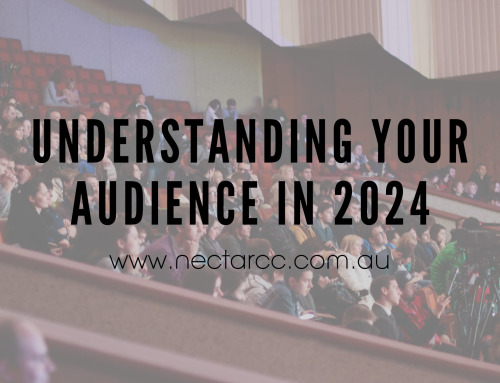In 2019, we started to see the emergence of virtual reality (VR) and augmented reality (AR) being offered in the gaming industry, concerts and festival events – such as Coachella and especially in the Asian markets. So far, 2020 seems like the year in which event planners saw the pivotal shift from live to online events, as the event industry has had to evolve and adapt due to the impact of the COVID-19 crisis. With many being forced to dip their toes into the world of online events, one could argue that the next logical technology to follow would be VR and AR.
While online events are a good alternative to live events, not only allowing events to continue during this time, but also offering to remove some of their constraints – travel, time and delegate costs; online events do not and will not ever fully replace live events in terms of attendee engagement and social interaction – VR and AR could be a gamechanger to this.
First, we must explain exactly what these technologies are and the difference between VR and AR.

VR technology looks to put a sole user inside a created 3D simulated environment and immerses the user into that world. This is done through the use of a VR headset.
This is different to AR, which imitates objects into a real-world environment and can be viewed via a screen. A few current examples of this being used are in phone apps, such as: Pokemon Go and Google SkyMap.

One of the biggest benefits of virtual reality is that it will facilitate delegate attendance and engagement in conferencing. Imagine being able to offer the same impact as a live event would have with virtual face-to-face social interaction all from the comfort of each attendee’s home – not to mention this would save event companies various costs, for example, in catering and venue space. Not only this, but VR has the potential to expand an event’s audience internationally without the need for travel.
Aside from conferencing and events, VR facilitates event companies in the way in which they will be able to do day-to-day business with others in the industry. The ability will be there to do onsite venue meetings, visit destinations and check out supplier showcases, all virtually – saving time and costs to both parties involved.

For those who want to experience a taste of VR but are not quite yet ready to dive fully into it, AR is a good alternative as it is already being used in events. An area where AR has the possibility to thrive is within exhibitions, allowing your exhibitors to fully showcase their products and their full potential through augmented reality – not to mention dissolving the hassle of having to transport their items into the venue and saving your event company costs on a smaller show floor.
Currently both virtual and augmented reality are regarded as a possible thing of the future, but we can already see them being used in special events, and it may not be too far off from becoming a technology that will be more and more used in the industry. After all, the events industry is about providing experiences, and this is exactly what VR and AR offer.
For more information on Nectar Creative Communications and the services we offer, please visit www.nectarcc.com.au






